Geoscience Reference
In-Depth Information
5.3.2
Polarisation
behaviour (see
Section 5.2.1.5
)(
Fig 5.19
). When this poten-
tial is removed, the capacitor discharges by the movement
of the polarising charges through the surrounding electrical
pathways. The movement of the charges is hindered by the
electrical resistance of the pathways and, in accordance with
When a potential difference is applied to a rock, charges of
opposite polarity become concentrated in different parts of
the rock causing it to be polarised and exhibit capacitor-like
Discharging
V
Charging
V
a)
I
I
Resistor
Resistor
Battery
Positive
charge
s
Negative
c
harg
es
Negative
ch
arg
es
Positive
charge
s
Negative
charge
s
Positive
ch
arge
s
Capacitor
Capacitor
b)
+
+
+
+
c)
+
+
+
+
+
+
+
d)
+
+
+
+
Ions
Clay minerals
Fibrous minerals
Conductive grains
Pores
Figure 5.19
Capacitive properties illustrated by the storage (charging) and subsequent discharge of electrical charges. (a) Conductive metal
plates in proximity forming a capacitor, (b) membrane polarisation due to the charge barrier formed by ions on grain surfaces at the narrowing
of a pore, (c) membrane polarisation due to charge build-up around clay and
fibrous mineral grains, and (d) grain polarisation due to charge
accumulation on either side of an electrically conductive grain and involving conduction through the grain.



























































































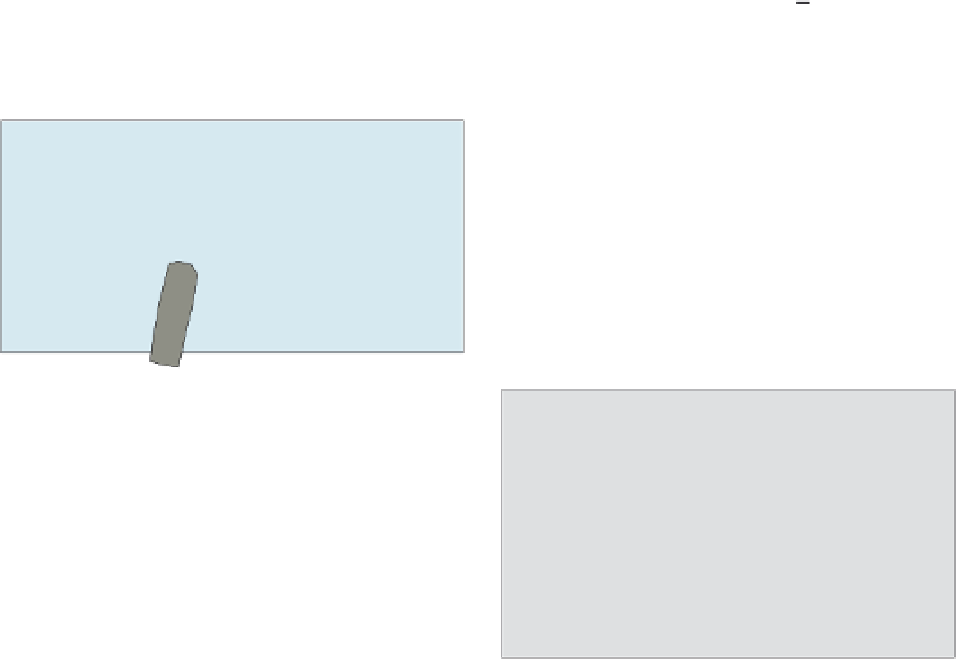
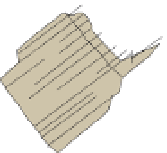








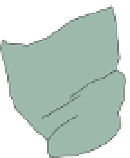





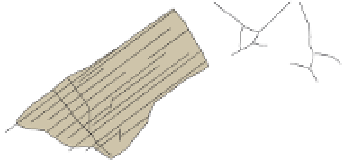




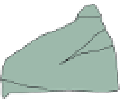

























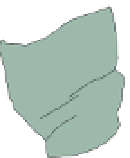








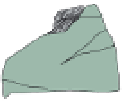












































































































































































































































































































































































































































































































































Search WWH ::

Custom Search